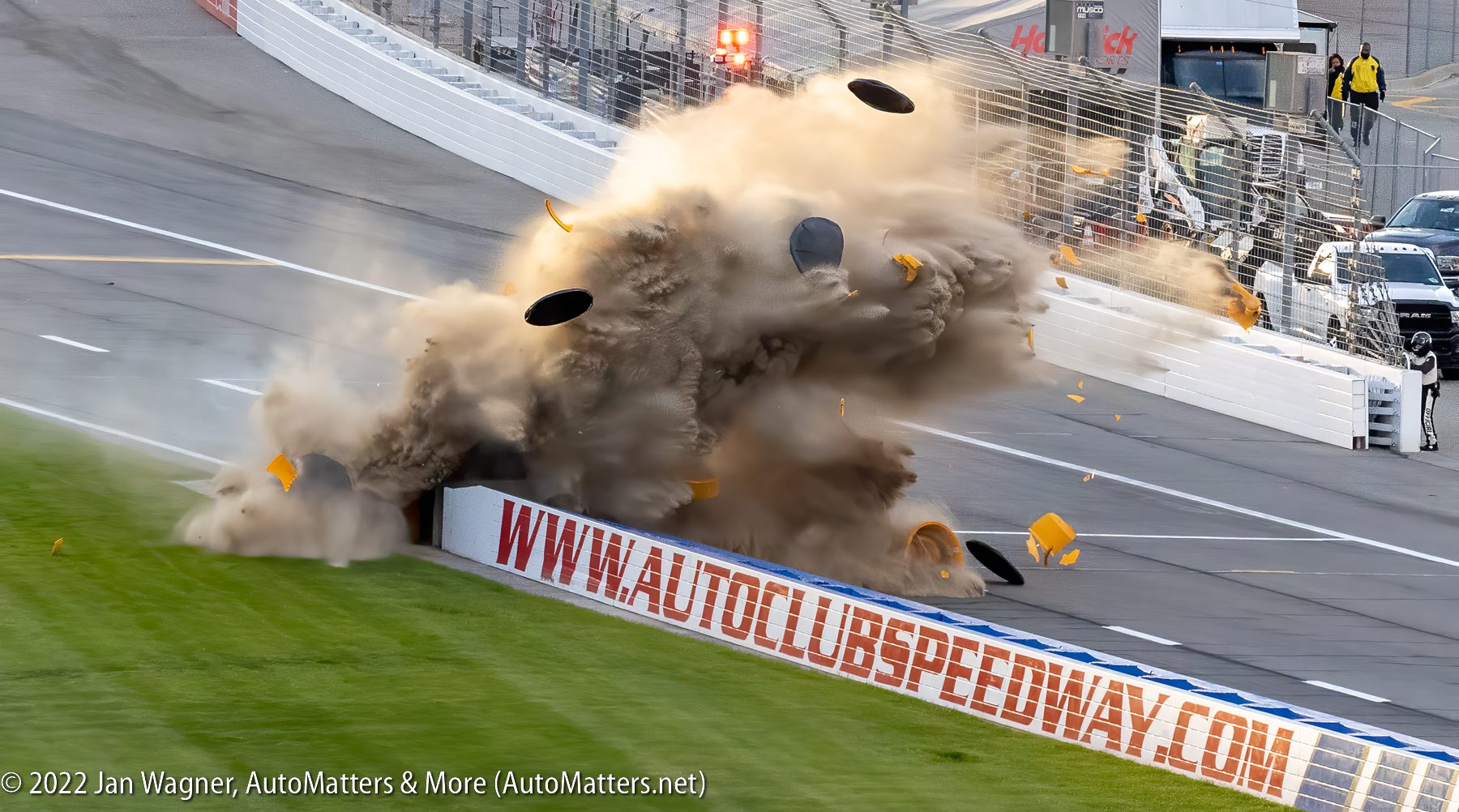
Sand-filled barrels save lives on the racetrack & on the street
On Saturday, February 26, at Auto Club Speedway in Fontana, California, NASCAR race fans witnessed a spectacular, explosive crash. At the wheel of the Menards/Patriot Lighting Toyota #19 was driver Brandon Jones. Fortunately, he walked away from the wreck.
The event was the NASCAR Xfinity Series’ “Production Alliance Group 300,” the first race of a two-race weekend that concluded with the NASCAR Cup Series’ “Wise Power 400” on Sunday.
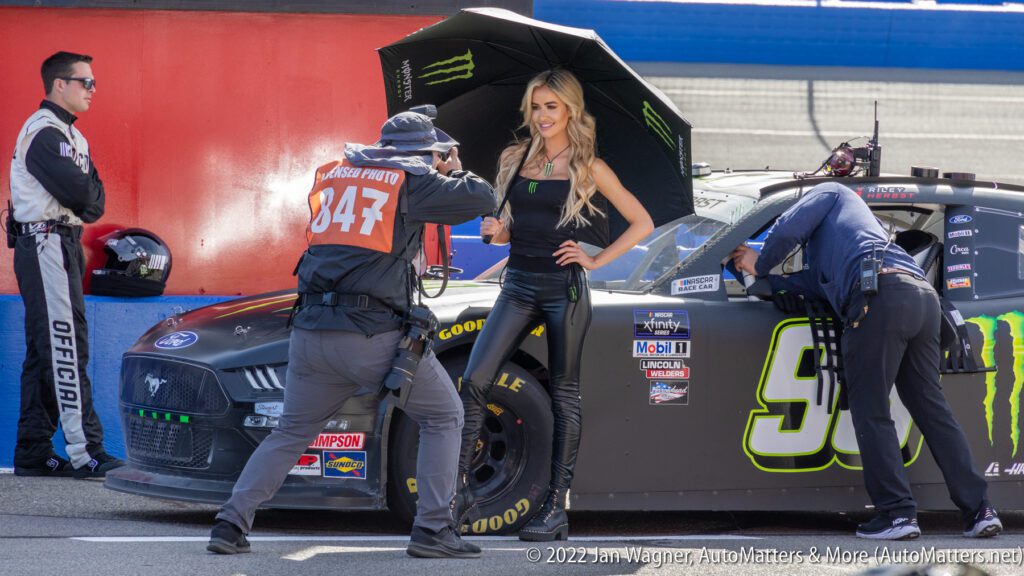
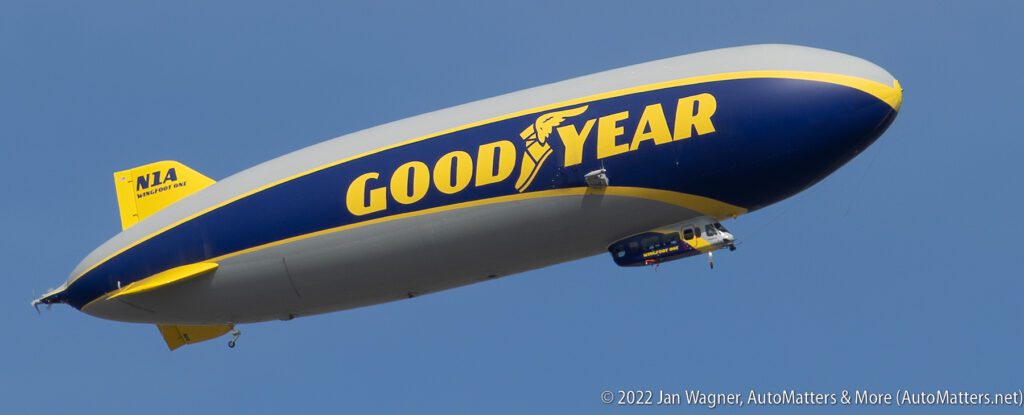

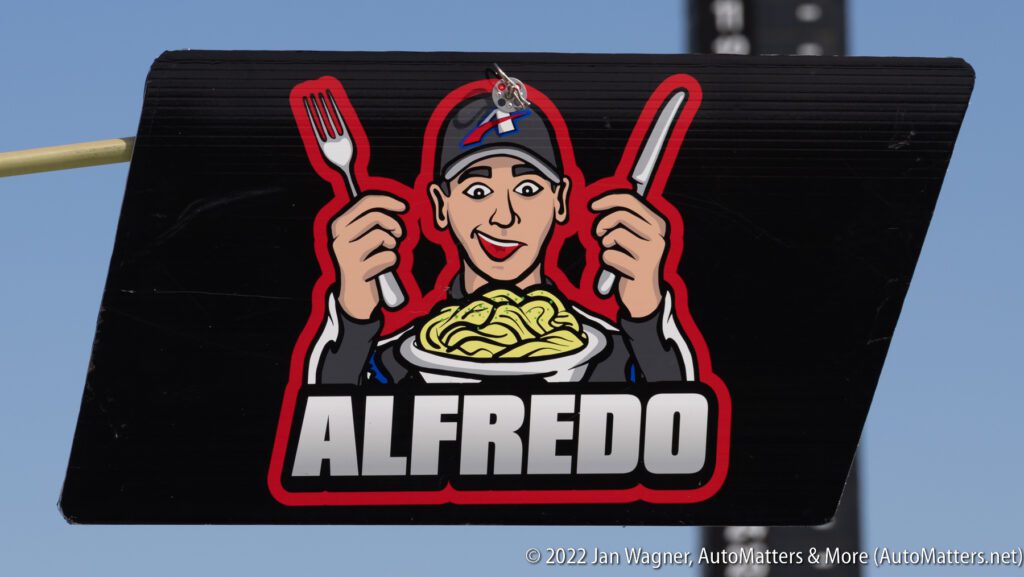
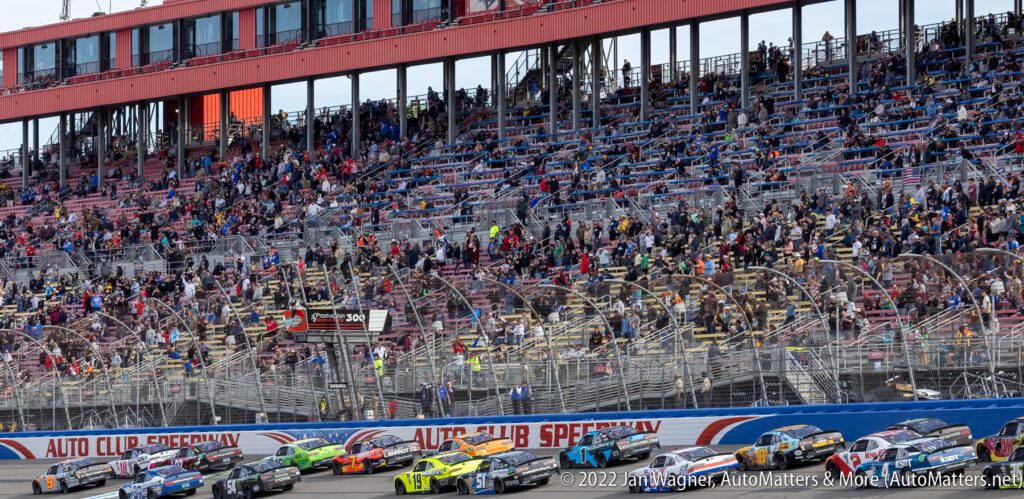

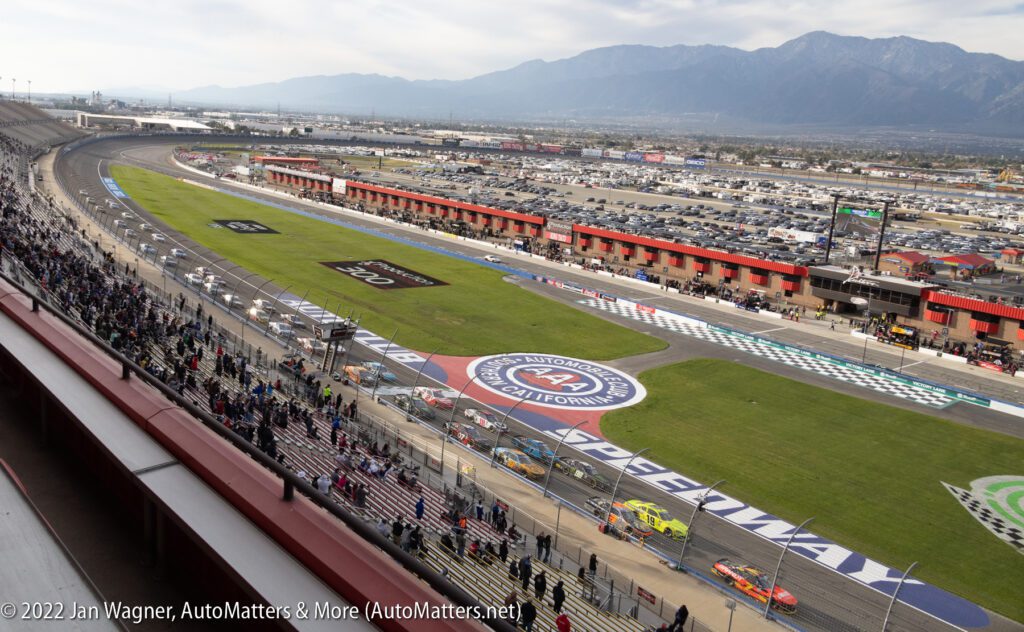

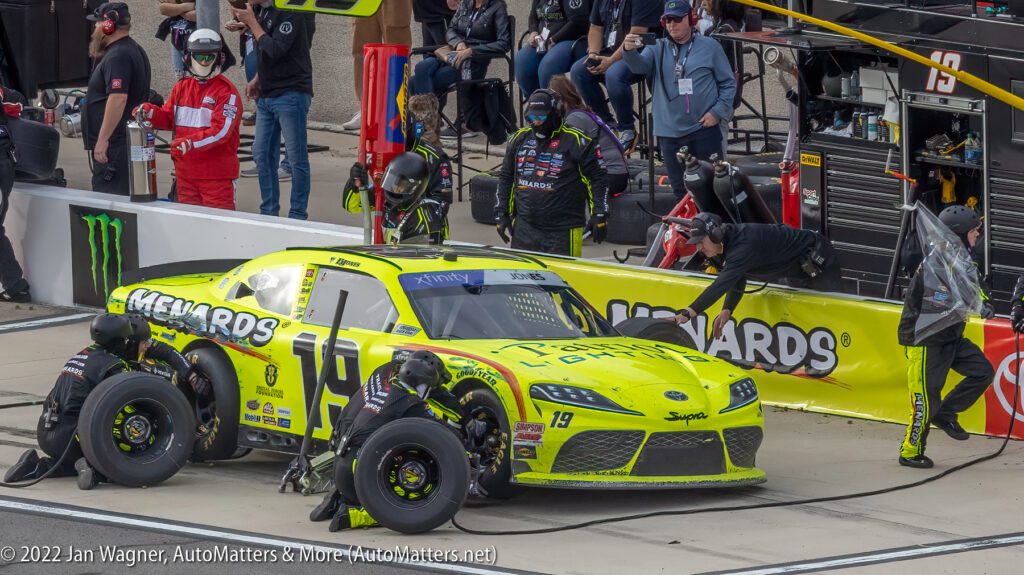

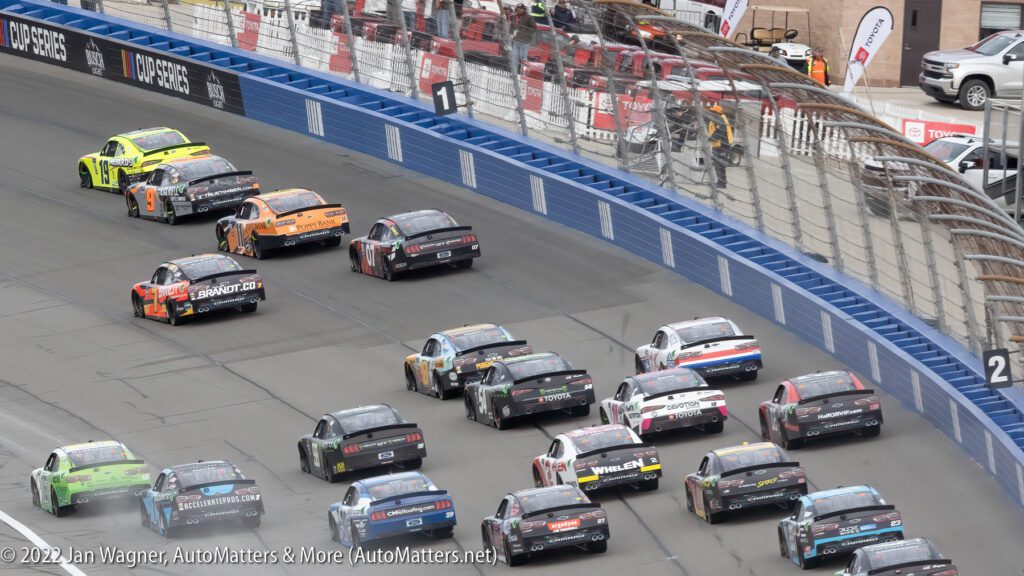

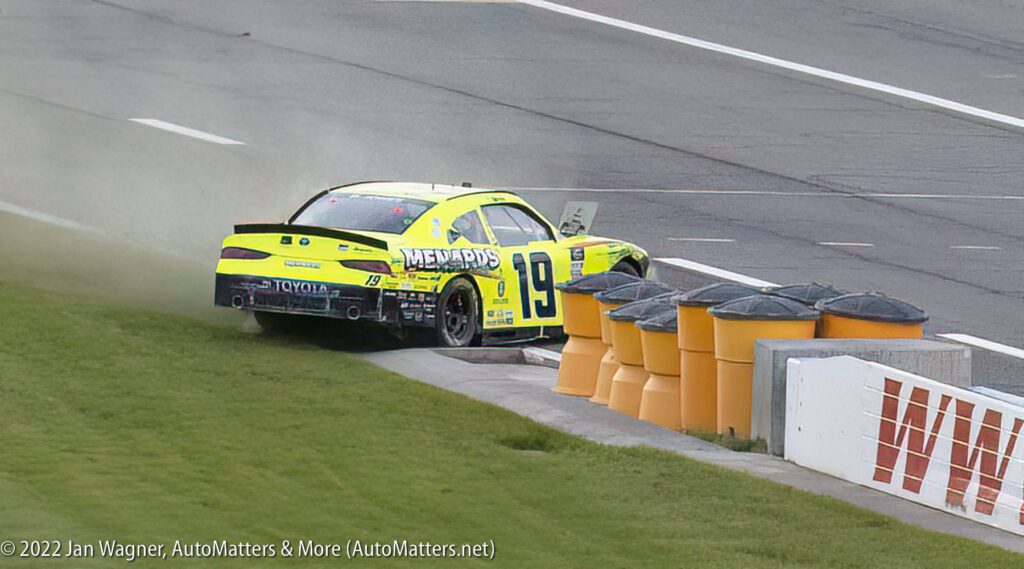
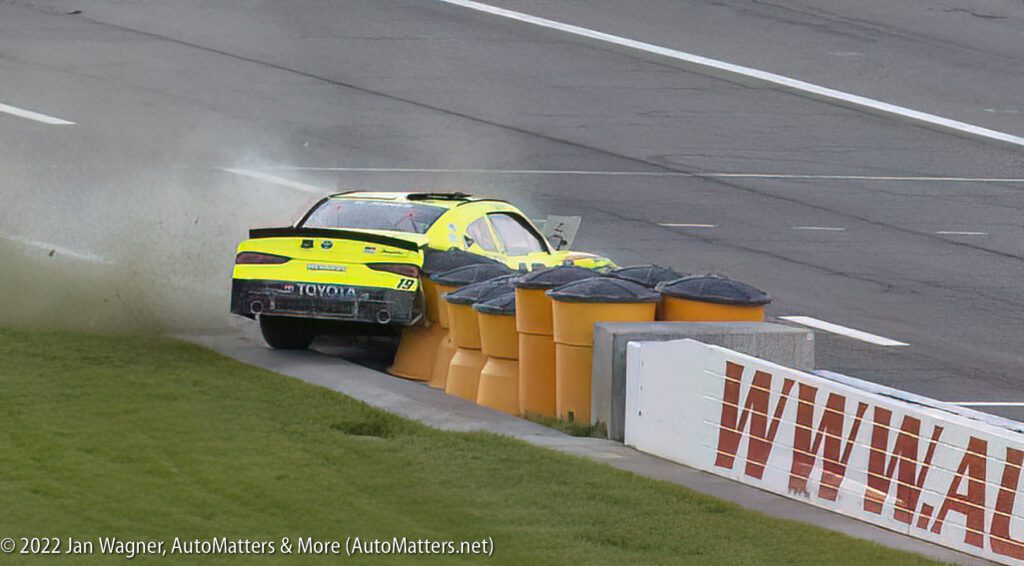


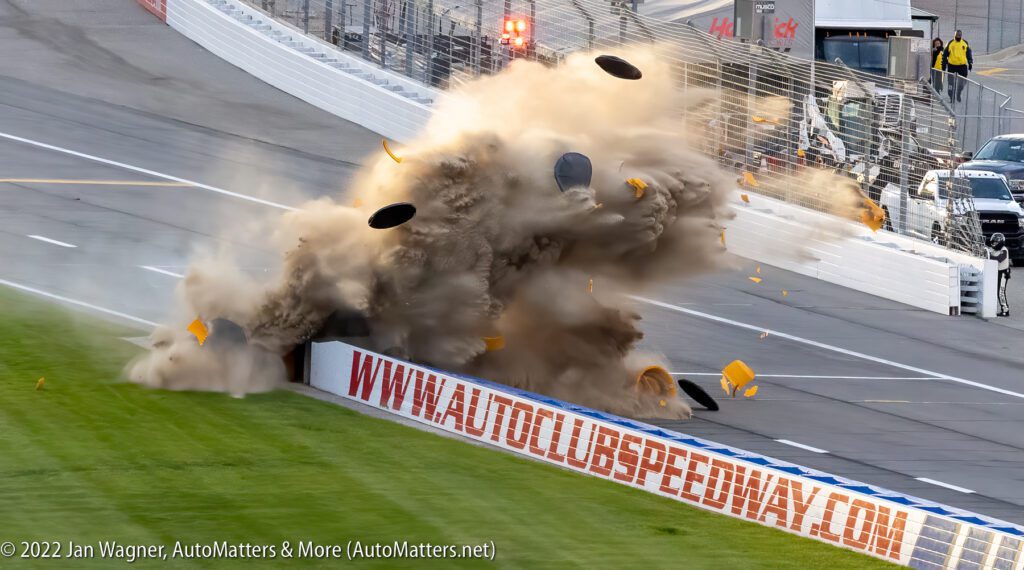
NASCAR, the National Association for Stock Car Auto Racing, sanctions three national race series. Safety is a top priority of NASCAR, especially since the tragic racing accident that claimed the life of seven-time NASCAR champion Dale Earnhardt on February 18, 2001, on the last lap of the Daytona 500 — NASCAR’s crown jewel.

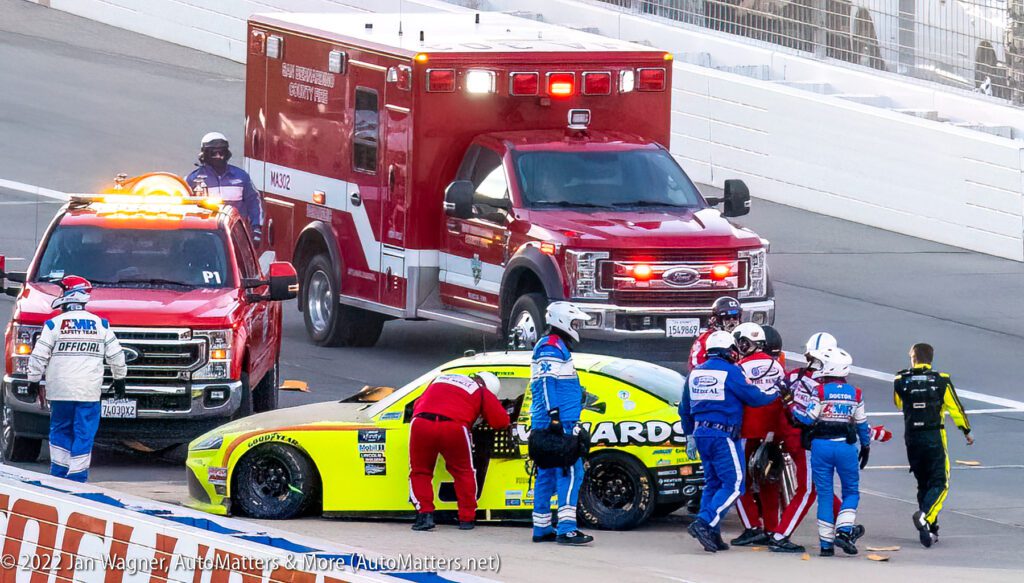
An excellent feature article on NASCAR.com provides a history of NASCAR’s safety efforts (https://www.nascar.com/long-form/a-legacy-of-safety/). It discusses how NASCAR is continually doing research into what will make the cars and the track safer for drivers, crews and spectators alike. Those ongoing efforts have led to improvements in everything from changes to the seats, headrests and belts the day after Earnhardt’s crash, the HANS device — “widely considered the most important safety development in the car in the history of racing,” entirely new generations of racecars, and track safety — “replacing concrete walls with energy-absorbing SAFER (Steel and Foam Energy Reduction) barriers. This was the most important development other than the HANS device.”
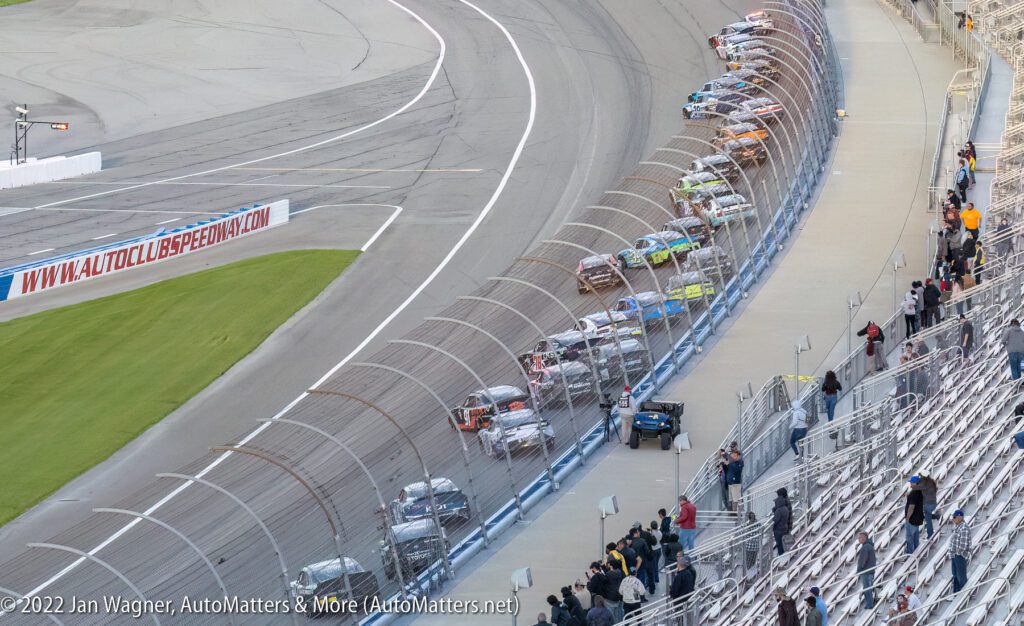
One safety feature is not new, but it nevertheless goes a long way towards saving lives. As told in a feature article entitled “The Highway Crash Cushion” (https://blog.iqsdirectory.com/plastic-barrels-3/), sand-filled fuel cans surrounded the tent of John Fitch in World War II, protecting him from enemy strafing runs. Years later, that inspired him to fill yellow, plastic barrels with sand, cover them with black lids, and strategically place them as safety barriers around race tracks.
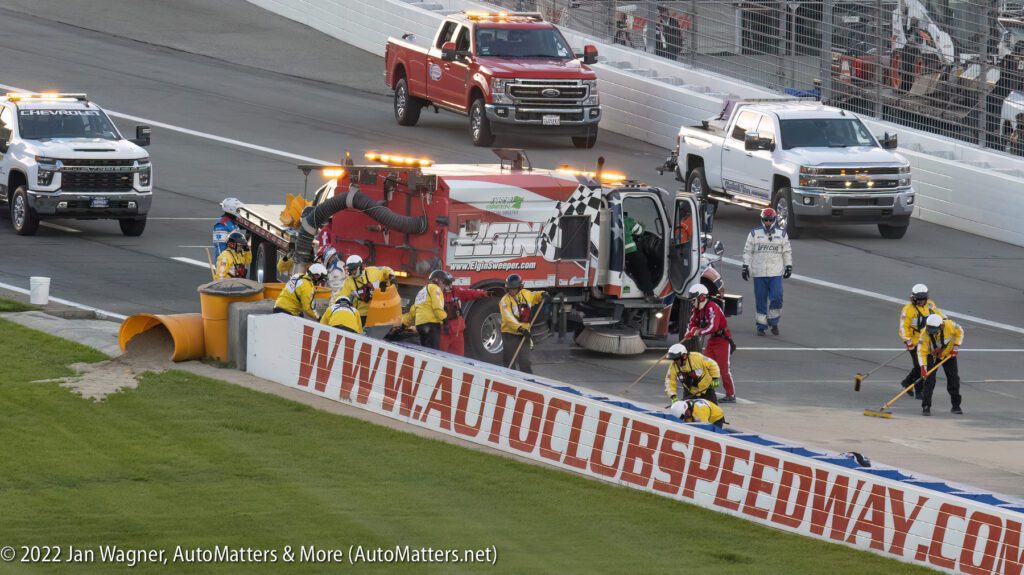
These have been improved over the years. In an article entitled “Sand barrel crash cushions designed to take an impact” by the Arizona Department of Transportation (https://azdot.gov/node/7630), we learn that “sand barrel crash cushions are filled with sand, shaped like a barrel and work to provide a “cushion” if a vehicle were to crash into one. A sand barrel crash cushion works similarly to the way an attenuator functions.”
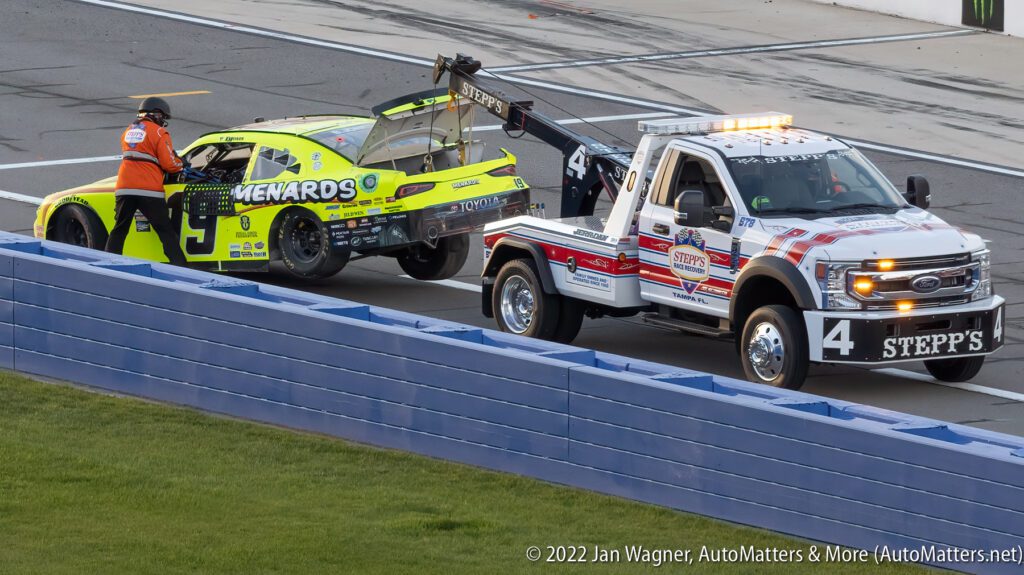
“A vehicle’s speed and size determine how much energy it has. Normally, this energy is dissipated by your brakes, which burn off that energy slowly, allowing you to come to a safe stop. But, if a vehicle stops by crashing into a wall, the energy is dispersed very suddenly, resulting in a car that’s crushed. Attenuators won’t exactly give a soft landing, but they do work to dissipate the energy slowly like your brakes do.”
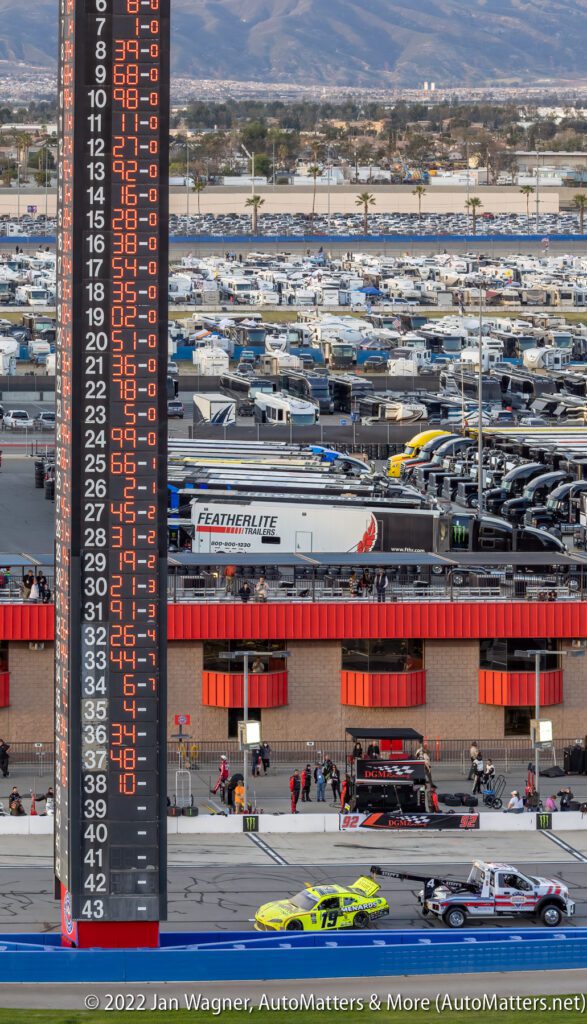
“The weight of each barrel varies – they weigh 200, 400, 700 or 1,400 lbs. The lightest barrels are placed in front and they get progressively heavier to handle the impact, absorb and dissipate the energy of a crash.”
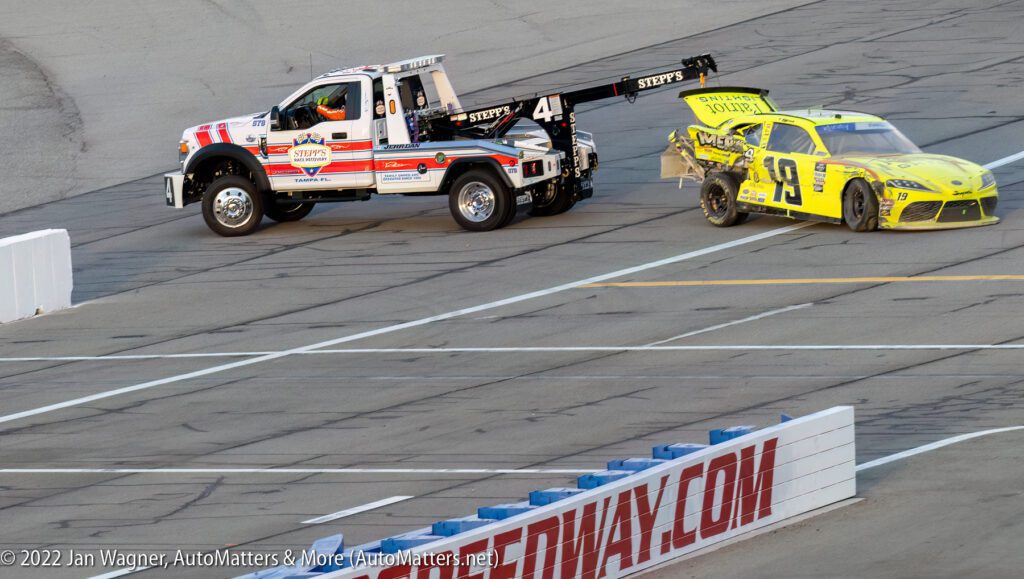
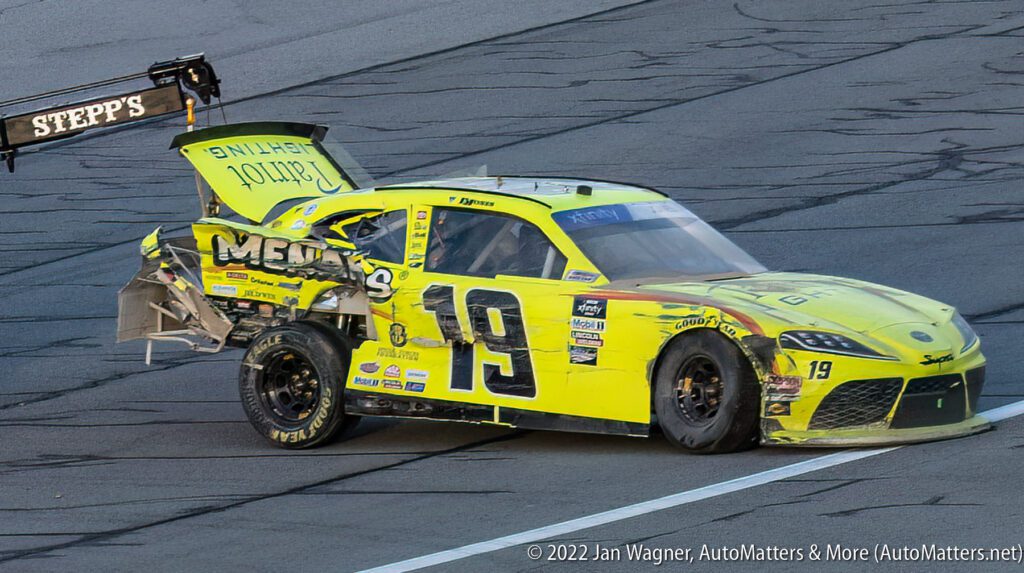
“They come with inserts, which help crews fill them with sand accurately. Depending on the desired weight (they’re very light to begin with – before the sand goes in), they’ll use an insert designed to take up some of the space within the barrel. Crews then just have to fill with sand to the appropriate level to make sure it’s heavy enough.”
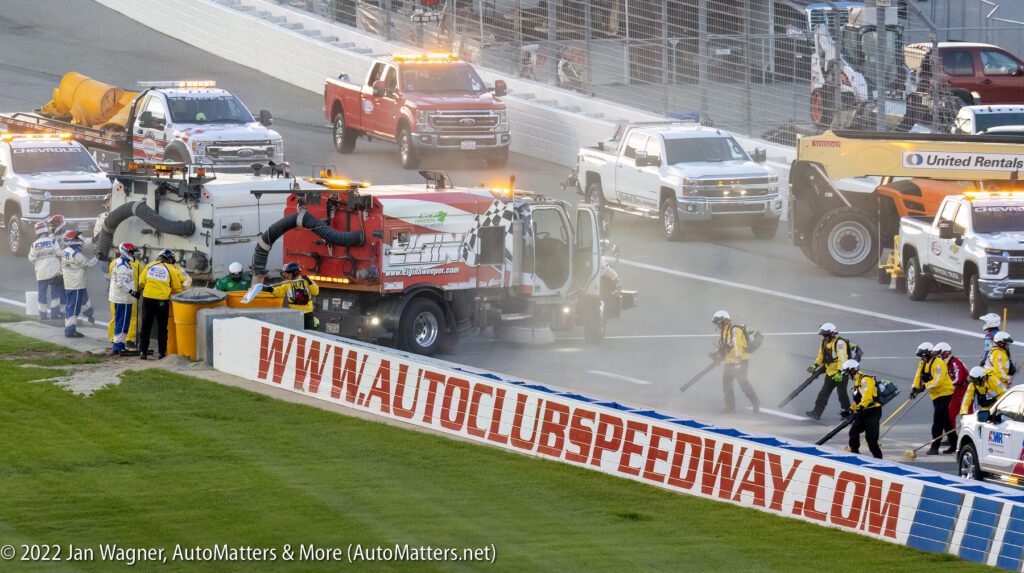
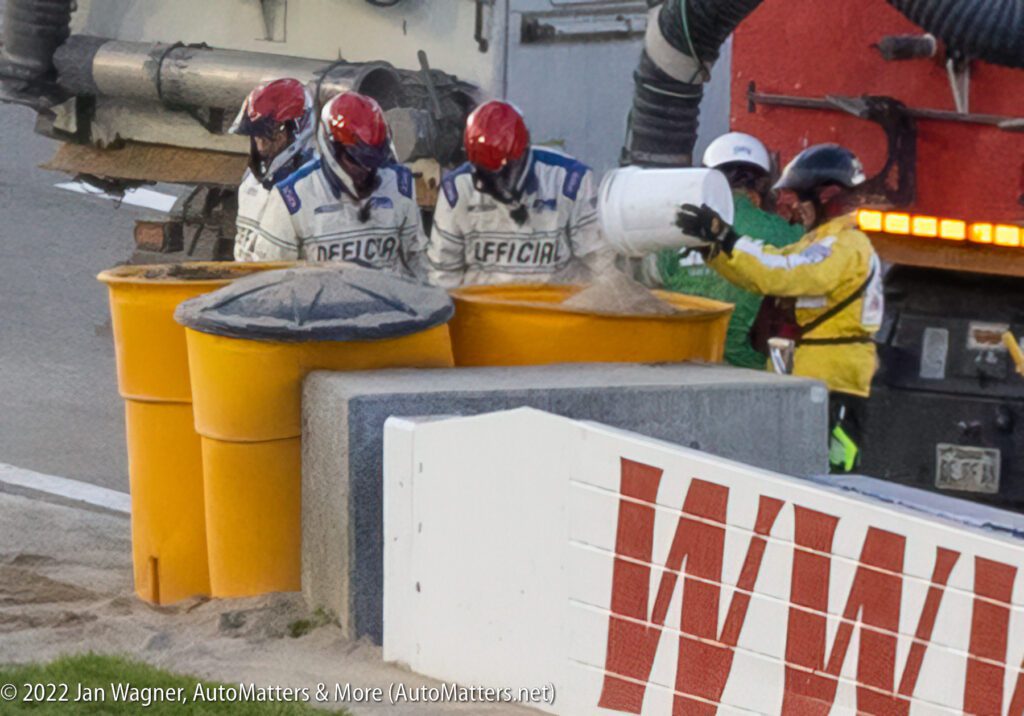

You can see examples of these barrels, and a video showing how they work, at the PSS Safety Products website: https://pss-innovations.com/safety-products/crash-cushions-channelizers-drums/crashgard-sand-barrel-system. It explains that their “CrashGard® Sand Barrel System is a non-redirective, gating sand barrel, or crash cushion. The system consists of 3 MASH-compliant components: barrel, lid and insert. CrashGard protects drivers from fixed objects like concrete barriers, bridge abutments, and lighting fixtures.” It goes on to say that one CrashGard Sand Barrel accommodates all weight requirements (200, 400, 700, 1400, and 2100 pounds). Install an insert for 200, 400, 700, and 1,400 lbs. No insert is required for 2,100 lbs. The CrashGard Sand Barrels are blow-molded from high molecular, high density polyethylene plastic (HLMI/HDPE) that produces a stronger sand barrel. UV stabilizers maximize product life. They are designed for easy transport, with a squared bottom that accepts forklifts, and a tiered top that accepts the CrashGard Hoist.
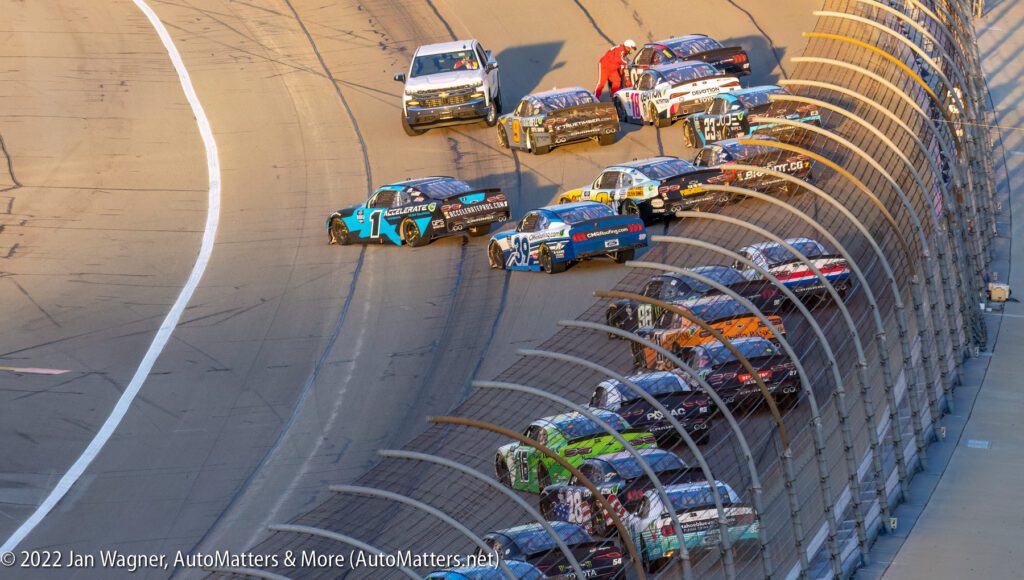
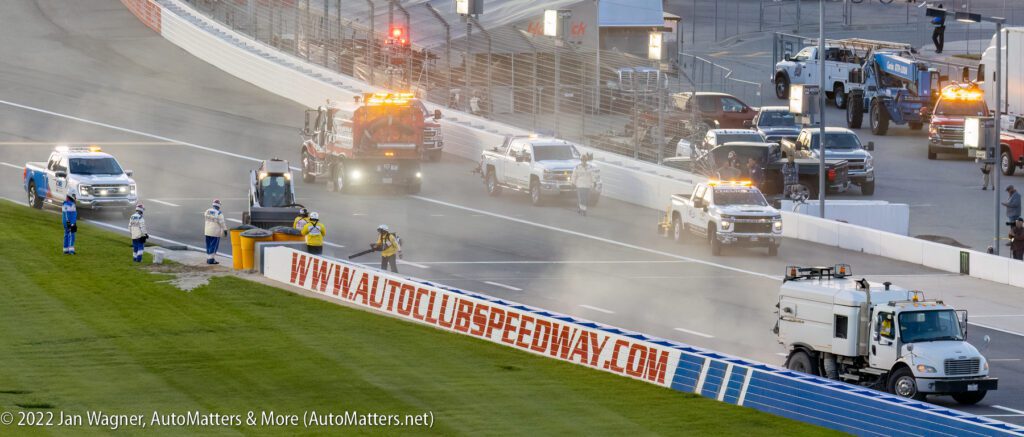

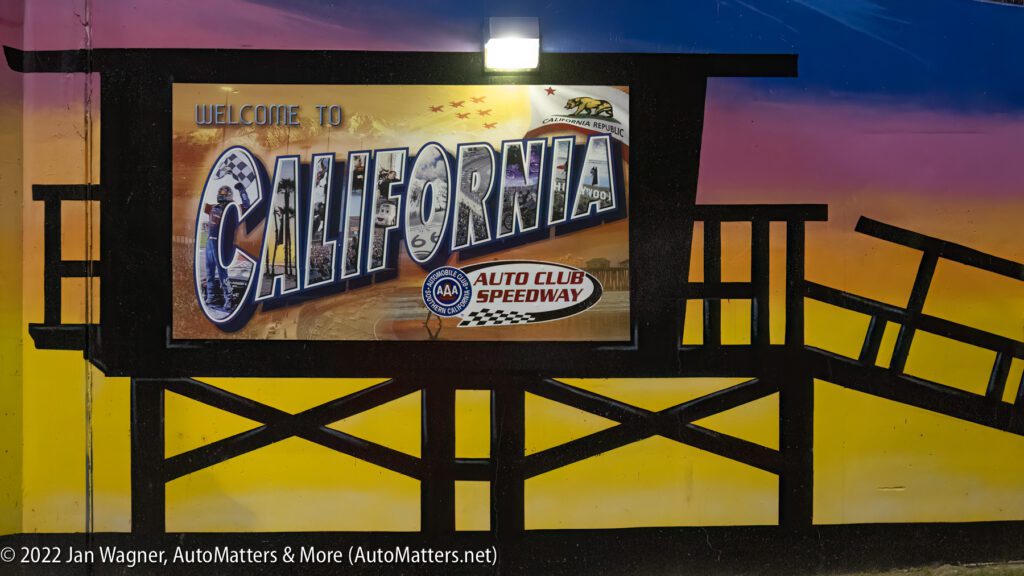
To explore a wide variety of content dating back to 2002, with the most photos and the latest text, visit “AutoMatters & More” at https://automatters.net. Search by title or topic in the Search Bar in the middle of the Home Page, or click on the blue ‘years’ boxes and browse.

Jan, great article on the history of NASCAR safety. I agree that the three most important steps were the HANS Device, the SAFER Barriers and the classic sand filled barrels. Because of their open cockpits, F1 and IndyCar had to go another step with the Halo and solid windshield respectively.
Your stop motion photos of Brandon Jones’ crash are superb. They show how the barrels absorbed most of the impact…no major car damage and the driver was able to walk away!
Thanks for “leaking” some of those spectacular action photos of the crash earlier this year. I’m sure they will bring you some well deserved recognition from NASCAR.
Thank you David.
As for the high speed burst of photos that I took of the sand-filled barrels absorbing much of the impact’s energy, yesterday I tried to make a video of them changing in rapid succession. Unfortunately, because my camera was hand-held and I stopped and started shooting a few times, the resultant video was too unsteady.